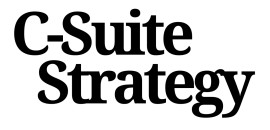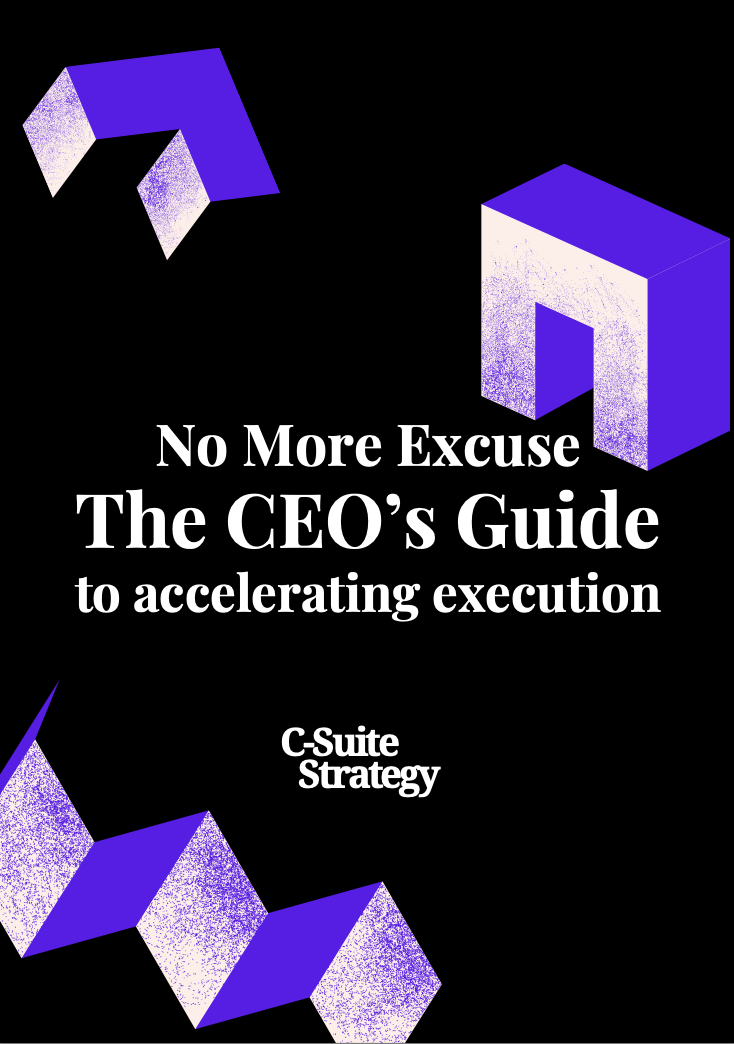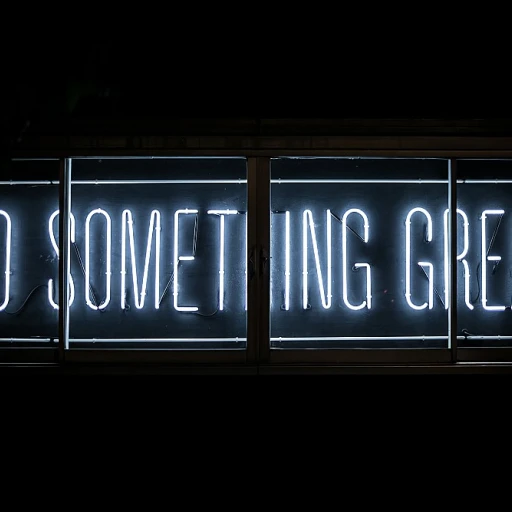
Understanding Agile Procurement
Agile Procurement: Redefining Efficiency
In today’s fast-paced business environment, traditional procurement methods are giving way to more dynamic approaches. Agile procurement, rooted in agile methodologies and continuous improvement principles, offers a fresh lens through which businesses can enhance efficiency and agility. By fostering a culture of collaboration and prioritizing adaptability, organizations can better respond to ever-changing market demands and streamline their sourcing processes. Agile procurement is not just a buzzword; it presents an approach that emphasizes flexibility, cross-functional teamwork, and rapid iteration. This shift allows procurement teams to become more responsive and proactive in decision making, focusing on value creation rather than mere cost-saving. With agile, the procurement process becomes a strategic partner in achieving business goals. One significant benefit of agile sourcing is the enhancement of supplier collaboration. Agile practices encourage open communication and engagement across all stages of the supply chain, ultimately leading to more effective supply management and fostering innovation. For companies looking to transition from traditional procurement to an agile approach, consider implementing key agile practices. This may include iterative feedback loops, cross-functional team collaboration, and agile project management techniques. To better understand how these principles can be systematically integrated within your organization, it's imperative to delve into the role of effective contract management in maximizing procurement efficiency. In summary, the journey toward agile procurement demands a shift in mindset—an openness to change and a commitment to continuous enhancement in procurement processes. By embracing this agile paradigm, businesses can unlock new efficiencies and achieve a competitive advantage in their sourcing and supply chain initiatives.Aligning Procurement with Business Goals
Aligning Procurement with Strategic Business Objectives
In the modern business landscape, it's crucial to ensure that procurement aligns seamlessly with overarching business goals. This alignment not only boosts efficiency but also enhances competitive advantage in the market.
Firstly, adopting an agile approach in procurement requires a collaborative mindset across functional teams. This collaborative environment allows for a cohesive strategy that aligns the procurement processes with business objectives. Establishing cross-functional teams ensures that the procurement team is not operating in isolation but is integrated with other departments. This integration facilitates effective sourcing strategies that are more responsive to market changes.
Furthermore, transitioning from traditional procurement methods to agile methodologies emphasizes continuous improvement and flexibility. Agile procurement enables organizations to respond swiftly to supply chain disruptions, thereby maintaining the agility needed to stay competitive. The decision-making processes in agile procurement are data-driven, allowing teams to make informed decisions that support the overall business strategy.
Another crucial factor is the change management aspect of agile procurement. Change is inherent in any agile sourcing strategy, and effective change management ensures that teams are well-prepared and supported throughout the transition. By fostering a culture that embraces change, procurement teams are more likely to adopt new processes and technologies effectively.
By aligning procurement strategies with business objectives, organizations can elevate their success through ongoing enhancements in quality and efficiency. This alignment not only drives operational efficiency but also strengthens supplier relationships and market positioning, ultimately contributing to sustained business growth.
For more insights on enhancing business efficiency through continuous improvement, you can explore ongoing quality enhancement strategies.
Implementing Agile Procurement in Your Organization
Steps to Foster Agile Sourcing Within an Organization
The transition from traditional procurement methods to an agile approach can seem daunting, yet the benefits in terms of efficiency and responsiveness are undeniable. Implementing agile sourcing requires a thoughtful strategy and a commitment to embracing change. Here's how procurement teams can effectively incorporate agile methodologies into their processes: 1. Cultivate a Cross-functional Team Culture: Encourage collaboration across functional teams to enhance decision making and foster a unified approach to sourcing. Agile methodologies thrive in environments where diverse perspectives are valued, making the procurement process more robust and adaptable. 2. Shift the mindset from Tasks to Goals: Align the procurement process with broader business objectives. By focusing on overarching goals, procurement teams can prioritize efforts that directly contribute to the organization's success, mitigating the traditional project-centric mindset. 3. Embrace Continuous Improvement: Adopt a mindset of continuous improvement to ensure procurement processes remain agile and effective. Regularly review the procurement supply chain to identify areas where agility can be enhanced. Agile practices emphasize iterative improvements, allowing teams to adapt to changing market conditions quickly. 4. Focus on Supplier Collaboration: Build strong relationships with suppliers to enhance collaboration and agility. By moving beyond transactional engagements and working closely with suppliers, organizations can create more resilient and flexible supply chains. Open lines of communication are key to adapting swiftly to changes or disruptions. 5. Integrate Agile Tools and Techniques: Utilize data and agile tools to improve sourcing processes. Technologies that facilitate real-time data sharing and communication can enhance the agility of procurement operations. These tools support lean agile practices, helping teams manage projects efficiently and respond to market dynamics effectively. Implementing an agile sourcing strategy is not a one-time project but an ongoing journey of transformation. It's about empowering procurement teams to embrace change and make informed decisions that align with business goals. For further insights on how to effectively lead teams through change, consider exploring guiding teams through change with strategic leadership strategies.Leveraging Technology for Agile Procurement
Embracing Technological Advancements
Incorporating technology into your procurement process is not just about keeping up with trends; it's about leveraging tools that enhance agility and efficiency. By integrating advanced technologies, businesses can transform traditional procurement into agile procurement, enabling teams to respond swiftly to market changes and supplier dynamics.
Digital Tools for Enhanced Agility
Utilizing digital tools such as procurement software and data analytics platforms can significantly streamline sourcing and supply chain management. These tools facilitate better decision making by providing real-time data and insights, allowing procurement teams to make informed choices quickly. This agility is crucial in maintaining a competitive edge in today's fast-paced business environment.
Collaboration and Communication Platforms
Agile methodologies thrive on collaboration. Implementing communication platforms that support cross-functional teams can enhance collaboration and ensure that everyone is aligned with the business goals. These platforms enable seamless communication, reducing the time spent on traditional procurement processes and fostering a more agile approach.
Automation for Continuous Improvement
Automation plays a pivotal role in agile procurement by eliminating repetitive tasks and allowing teams to focus on strategic activities. Automated procurement processes not only increase efficiency but also reduce errors, ensuring a smoother supply chain. This lean agile approach supports continuous improvement, a core principle of agile methodologies.
Data-Driven Decision Making
Data is at the heart of agile procurement. By harnessing the power of data analytics, procurement teams can gain insights into supplier performance, market trends, and sourcing opportunities. This data-driven approach enables more strategic decision making, aligning procurement strategies with overall business objectives.
Measuring Success in Agile Procurement
Indicators of Agile Procurement Performance
Measuring the success of an agile procurement strategy requires a fresh lens. Unlike traditional methods, where the focus often rests on cost savings and supplier negotiations, agile procurement emphasizes responsiveness, collaboration, and continuous improvement. Below are some critical indicators to consider when evaluating the performance of your procurement process.- Responsiveness to Market Changes: The agility of your procurement team is largely defined by its ability to swiftly adjust to fluctuations in the market. By aligning procurement with dynamic business goals, teams can track their success by how well they manage change.
- Collaboration Across Functional Teams: Successful agile procurement relies heavily on cross-functional teams. Measure the effectiveness of these teams by assessing the quality and frequency of collaboration within and across departments. Greater cohesion and shared objectives indicate a higher level of agility and responsiveness.
- Supplier Relationship Dynamics: A shift from adversarial to collaborative supplier relationships is a hallmark of agile procurement approaches. Evaluate partnerships based on mutual benefits, trust, and the ability to innovate together.
Data-Driven Decision Making
Agile procurement thrives on informed decisions made in real-time. This requires leveraging technology and data analytics to assess accurate procurement patterns, supplier performance, and market trends. The goal is to use this data to drive agility in decision making, allowing businesses to anticipate and respond to future needs with precision.- Procurement Metrics: Track key performance indicators such as lead time reduction, supplier delivery improvements, and the number of agile sourcing strategies successfully implemented. These metrics provide tangible evidence of progress and highlight areas for improvement.
- Continuous Improvement Cycles: Adopt lean agile methodologies to encourage ongoing development. Regularly review procurement processes to identify bottlenecks and implement changes swiftly. This not only optimizes the supply chain but also embeds a culture of continuous improvement within your procurement teams.
Case Studies: Agile Procurement in Action
Real-World Insights into Agile Procurement Success
Exploring concrete examples of agile procurement strategies in action illustrates the transformative potential of this approach. Several organizations have effectively leveraged agile methodologies to streamline their procurement processes, adapt to market changes, and foster cross-functional collaboration among their teams.
One notable case involves a global manufacturing company that embraced an agile sourcing strategy to enhance their supply chain management. By prioritizing agility and flexibility over traditional procurement methods, they were able to quickly respond to supplier disruptions, ensuring a continuous supply of critical components. This shift towards agile practices allowed them to make informed decisions more efficiently, thus minimizing operational risks.
In another example, a tech firm adopted agile procurement to align their sourcing process with rapidly evolving business goals. They implemented agile principles across their procurement teams to facilitate continuous improvement and drive better supplier collaboration. This approach enabled them to reduce costs and accelerate project timelines significantly.
Moreover, a retail company successfully integrated technology into their procurement process, thereby enhancing team agility and improving data-driven decision-making. By utilizing procurement consulting services and adopting lean agile methodologies, they improved their sourcing capabilities, resulting in more robust supplier relationships and optimized inventory management.
These cases underscore the importance of an agile procurement framework as a catalyst for change in traditional procurement environments. By embedding agile methodologies within procurement teams, organizations can achieve greater efficiency, responsiveness, and strategic alignment with overarching business objectives.














